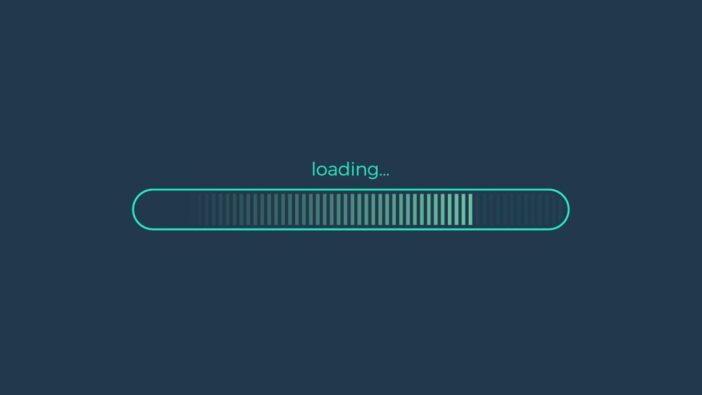5 Tips to Give a Lift to The Page Loading Speed of Your Website
Is your business website not able to attract the attention of the required number of customers?
Have you checked the bounce rate of your website? Is it too high?
Remember, more time your website takes to load, the less effective it would be. Therefore, it’s essential to improve your website’s page loading time to catch the attention of the audience.
Did you know?
Even a second’s delay to load the page can result in:
- 11% less page views
- 7% loss in conversion
- 16% decrease in consumer satisfaction
Page speed is an integral part of website performance. And if you don’t understand how it works and the factors that influence it, you will face a really tough time handling it.
To reduce the bounce rate and increase engagement, web pages must load seamlessly. A website that is optimized for speed and has perfect page loading speed:
- Enhances the user experience.
- Boosts search engine ranking.
Page speed casts an impact on various aspects, including:
- The time visitors stay on your website.
- Number of visitors converting to paid customers.
- Rank in organic search.
However, most websites fail to perform properly when the page loading speed comes under concern and this negatively impacts the revenues.
So, how can you ensure that your website’s page loading speed is high and the pages load fast?
Let us go through a few tweaks that can increase the page loading speed for your website.
Optimize Videos and Images
Images and videos are the biggest culprits when it comes to the slow speed of pages while loading.
Here are a few tricks you can adhere to while using images and videos.
- Resize the images depending on the design.
- Use JPG images. You can use PNG if transparency is required.
- Compress the images and videos, especially the high-definition ones.
Limit the usage of images and videos. More the number of videos and images on each page, longer the page is going to take to load. Though background videos, textures, and large images add interest to a website, it also increases the page loading speed.
While trying to get the best page loading speed, you must find a balance between user experience and visual aesthetics.
Minimize the HTTP Requests
You must be aware of the fact that 80% of the page loading time of a website goes in downloading different parts of the page, such as stylesheets, images, and scripts.
As HTTP requests are made for each of these elements, pages take longer to load when there are more on-page components.
To minimize the requests, figure out the number of such requests your website is making right now.
To see the number of requests your website is making, use the Developer Tools of the browser if you are using Google Chrome.
Cache the Web Pages
Caching the web pages is one of the best ways to speed up websites. Caching stores the copies of your website files, thereby minimizing the work of the server to generate or serve a webpage in the visitor’s browser.
Fix the Broken Links
Broken links do not just drain the bandwidth, but they are also one of the prime reasons users leave your website.
To find the broken links, you can use the Google Webmaster Tools.
Reduce the Redirects
Though redirects are preferred to the 404 errors, they are not the best possible bet. This is because, the browser takes more time to reach the correct version of the page in that case. Reduce the redirects as much as possible.
Conclusion
With mobile internet usage slowly taking over desktop usage, it is extremely important to fix the page loading time of your website. Take the necessary steps as soon as possible to boost the conversion rate and increase business revenues.









